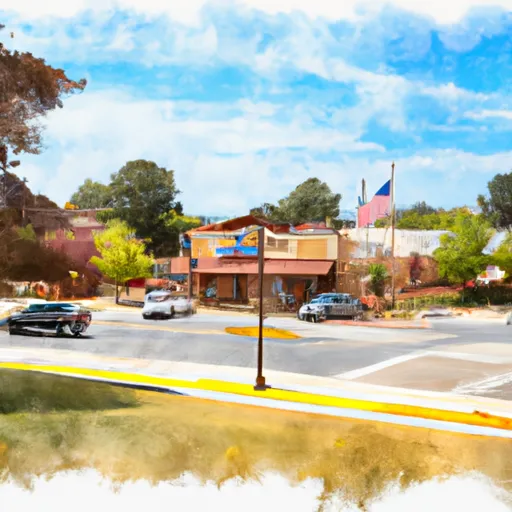-
 Snoflo Premium
Snoflo Premium
Get unlimited access to all our content
With no Ad interruptions! - Start Your Free Trial Login with existing account
Mendota
Eden Index
Climate
8.7
•
Recreation
2.2
•
Community
0.8
•
Safeguard
4.4/10

Mendota, California is a small town located in Fresno County in the San Joaquin Valley. With a warm Mediterranean climate, Mendota experiences hot, dry summers with temperatures often exceeding 100°F (38°C), and mild, cool winters with temperatures rarely dropping below freezing. The area receives minimal rainfall, averaging around 8 inches per year, making irrigation crucial for agriculture.
Mendota is situated near the Mendota Pool, which is part of the San Joaquin River, a major hydrological feature in the region. The pool serves as a vital habitat for various fish species, including Chinook salmon and steelhead trout. The river and its tributaries provide recreational opportunities such as fishing and boating.
Outdoor enthusiasts can also explore the nearby San Luis National Wildlife Refuge, offering birdwatching, hiking, and wildlife photography opportunities. The refuge is home to various bird species, including the majestic bald eagle and the iconic sandhill crane.
In summary, Mendota's climate is characterized by hot, dry summers and mild winters. Its hydrology is centered around the San Joaquin River and the Mendota Pool, providing opportunities for fishing and boating. Outdoor recreation can also be enjoyed at the nearby San Luis National Wildlife Refuge, with activities like birdwatching and hiking.
What is the Eden Index?
The Snoflo Eden Index serves as a comprehensive rating system for regions, evaluating their desirability through a holistic assessment of climate health, outdoor recreation opportunities, and natural disaster risk, acknowledging the profound impact of these factors on livability and well-being.
Climate Health Indicator (CHI): 8.7
Mendota receives approximately
226mm of rain per year,
with humidity levels near 73%
and air temperatures averaging around
17°C.
Mendota has a plant hardyness factor of
9, meaning
plants and agriculture in this region tend to thrive here all year round.
By considering the ideal temperature range, reliable water supplies, clean air, and stable seasonal rain or snowpacks, the Climate Health Indicator (CHI) underscores the significance of a healthy climate as the foundation for quality living.
A healthy climate is paramount for ensuring a high quality of life and livability in a region, fostering both physical well-being and environmental harmony. This can be characterized by ideal temperatures, reliable access to water supplies, clean air, and consistent seasonal rain or snowpacks.
Weather Forecast
Streamflow Conditions
Tulare-Buena Vista Lakes
Area Rivers
Tulare-Buena Vista Lakes
Snowpack Depths
Tulare-Buena Vista Lakes
Reservoir Storage Capacity
Tulare-Buena Vista Lakes
Groundwater Levels
Recreational Opportunity Index (ROI): 2.2
The Recreational Opportunity Index (ROI) recognizes the value of outdoor recreational options, such as parks, hiking trails, camping sites, and fishing spots, while acknowledging that climate plays a pivotal role in ensuring the comfort and consistency of these experiences.
Access to outdoor recreational opportunities, encompassing activities such as parks, hiking, camping, and fishing, is crucial for overall well-being, and the climate plays a pivotal role in enabling and enhancing these experiences, ensuring that individuals can engage in nature-based activities comfortably and consistently.
Nearby Ski Areas
Catastrophe Safeguard Index (CSI):
The Catastrophe Safeguard Index (CSI) recognizes that natural disaster risk, encompassing floods, fires, hurricanes, and tornadoes, can drastically affect safety and the overall appeal of an area.
The level of natural disaster risk in a region significantly affects safety and the overall livability, with climate change amplifying these risks by potentially increasing the frequency and intensity of events like floods, fires, hurricanes, and tornadoes, thereby posing substantial challenges to community resilience and well-being.
Community Resilience Indicator (CRI): 0.8
The Community Resilience Indicator (CRI) recognizes that education, healthcare, and socioeconomics are crucial to the well-being of a region. The CRI acknowledges the profound impact of these elements on residents' overall quality of life. By evaluating educational resources, healthcare accessibility, and economic inclusivity, the index captures the essential aspects that contribute to a thriving community, fostering resident satisfaction, equity, and social cohesion.

